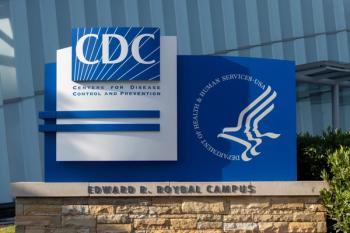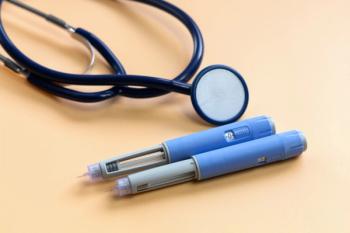
- June 2013 Women's Health
- Volume 79
- Issue 6
Traffic Pollution Increases Kids' Risk of Insulin Resistance
Increased exposure to air pollution caused by automobile traffic appears to be associated with an increased risk of insulin resistance in children, according to the results of a study published online on May 11, 2013, in Diabetologia.
The researchers collected fasting blood samples from 397 10-year-olds without type 1 or 2 diabetes from 2 German birth cohort studies and estimated each participant’s level of exposure to air pollution due to traffic based on their home address at birth. They then analyzed the association between exposure to air pollution and insulin resistance, taking into account covariates including birth weight, pubertal status, body mass index, and exposure to secondhand smoke.
The results indicated that levels of insulin resistance were significantly higher in children with greater exposure to air pollution. Insulin resistance increased by 17.0% for every increase of 2 standard deviations in concentration of ambient NO2 (increase of 10.6 μg/m3) and 18.7% for every increase of 2 standard deviations in concentration of particulate matter under 10 μm in diameter (increase of 6 μg/m3). In addition, insulin resistance increased by 7.2% for every 500 meters closer a participant lived to the nearest major road.
The researchers concluded that, given how common traffic pollution is, the associations found in their study may have potentially important public health effects.
Articles in this issue
over 12 years ago
Calcium Intake Reduces Mortality Risk in Womenover 12 years ago
Depression Linked to Future Stroke Risk in Middle-Aged Femalesover 12 years ago
Soccer May Reduce Cardiovascular Risk for Type 2 Diabetes Patientsover 12 years ago
Depression Increases Risk of Severe Hypoglycemic Eventsover 12 years ago
Health App Wrapover 12 years ago
Fast Food Diners Underestimate Caloriesover 12 years ago
Cesarean Birth Babies More Likely to Be Obeseover 12 years ago
Childhood ADHD May Increase Obesity RiskNewsletter
Stay informed on drug updates, treatment guidelines, and pharmacy practice trends—subscribe to Pharmacy Times for weekly clinical insights.




















































































































































































































